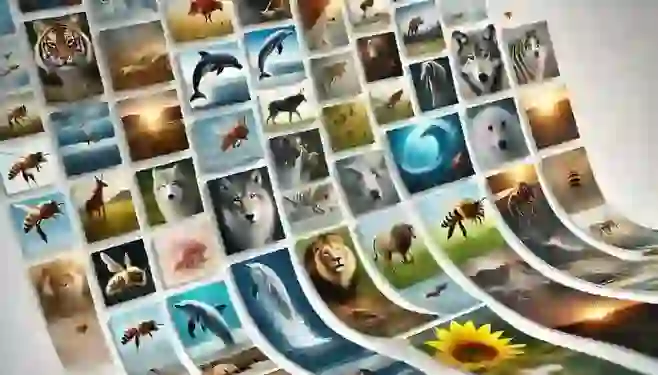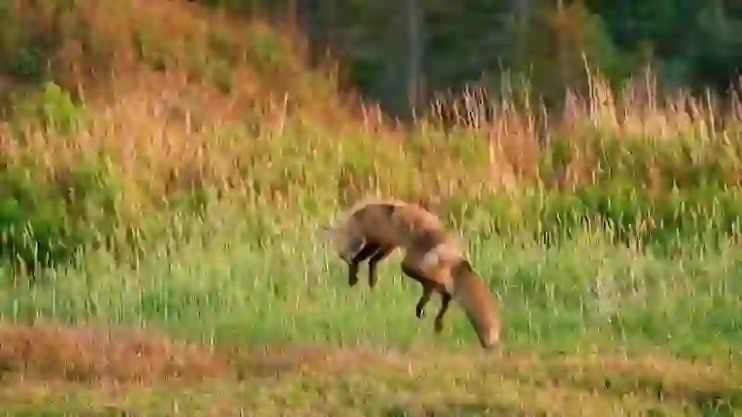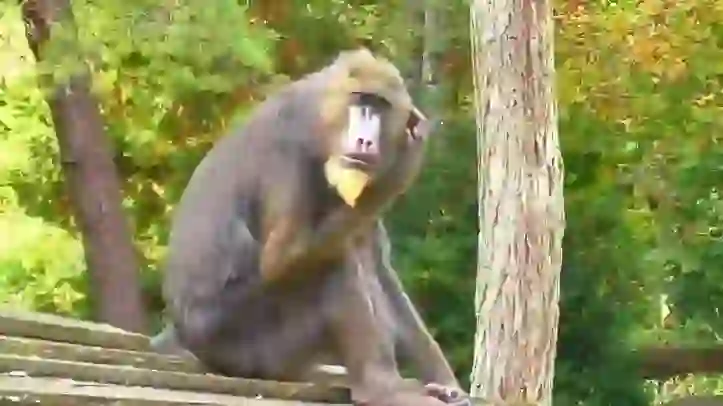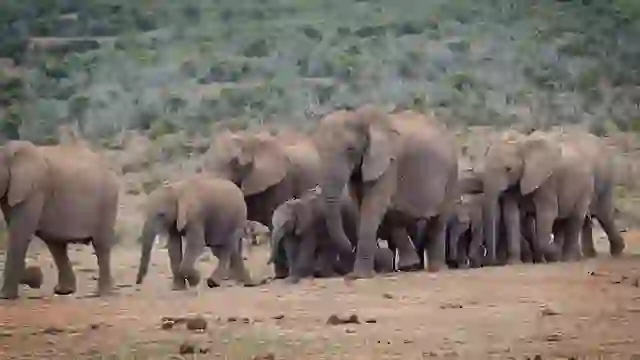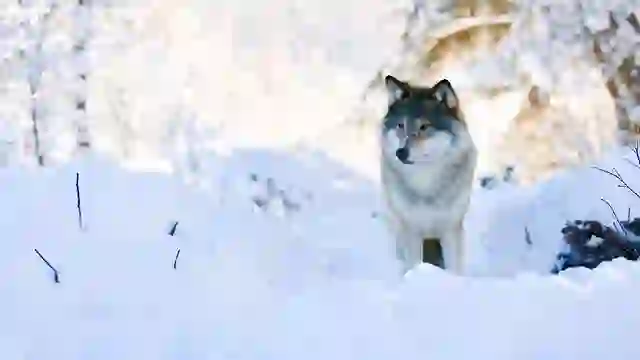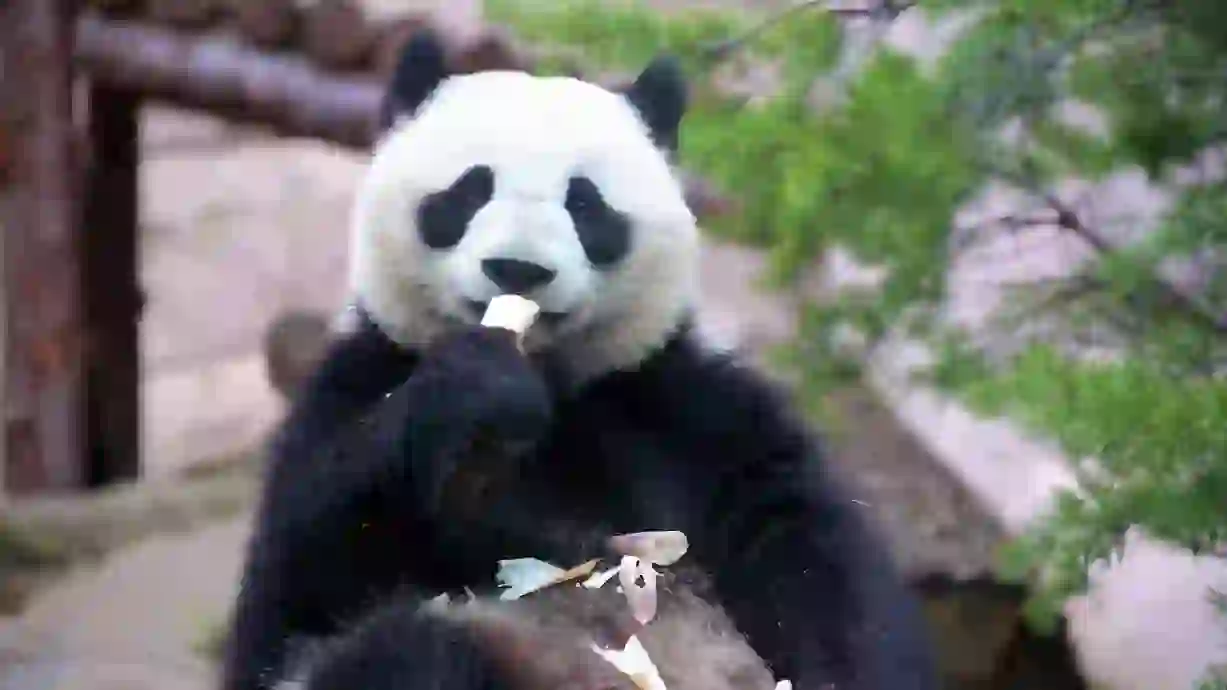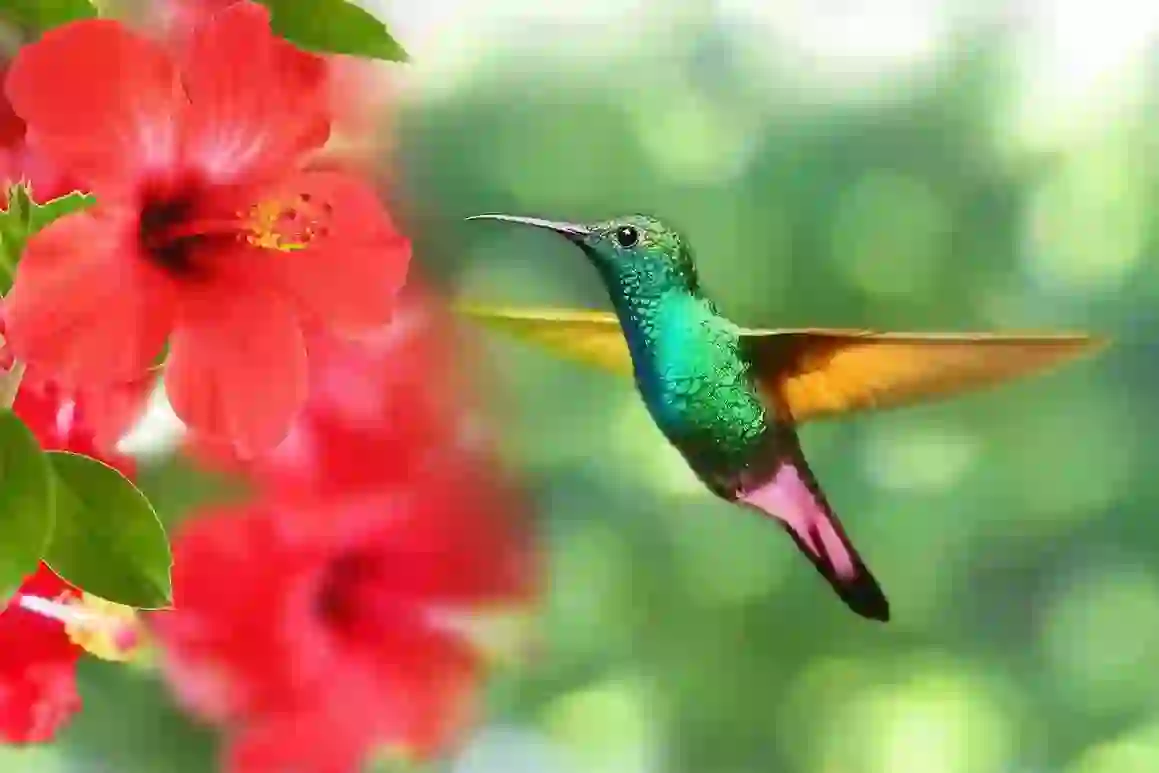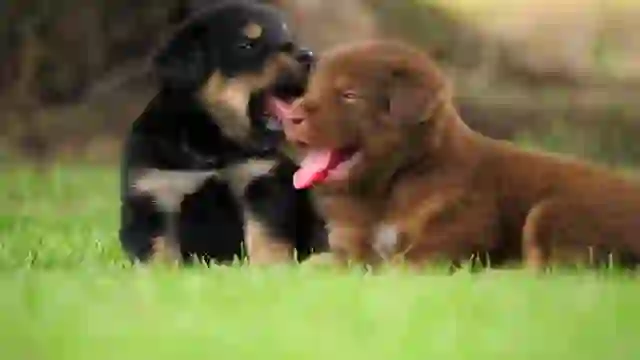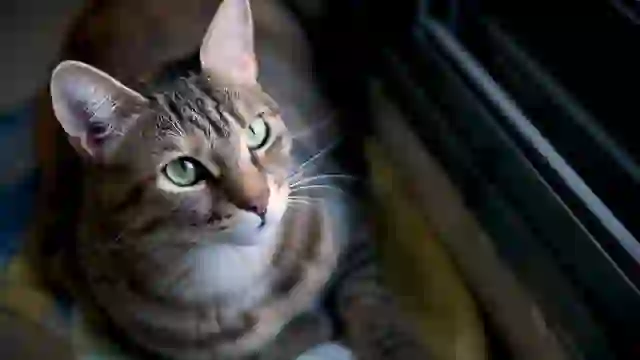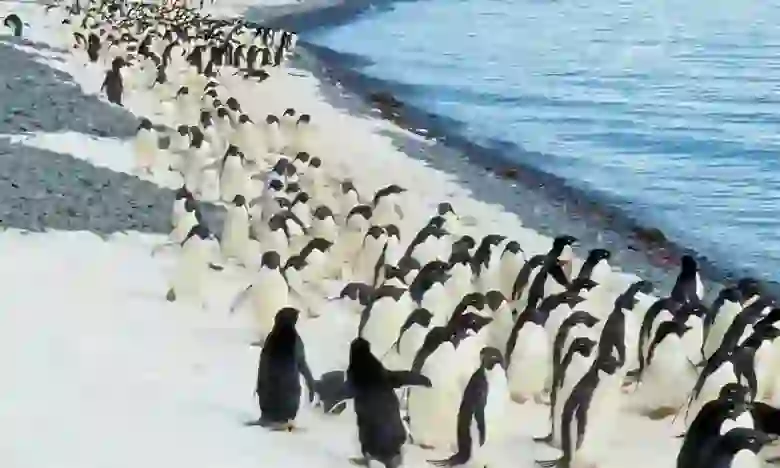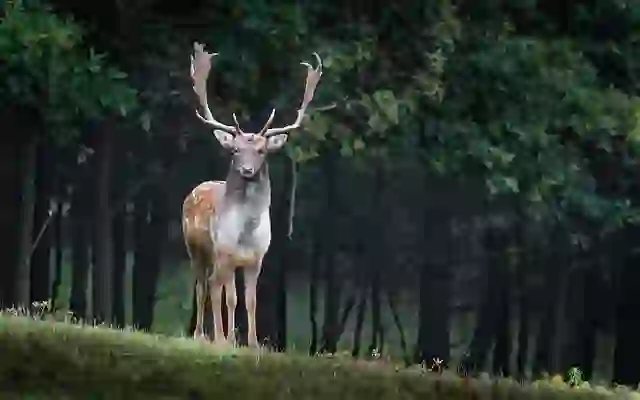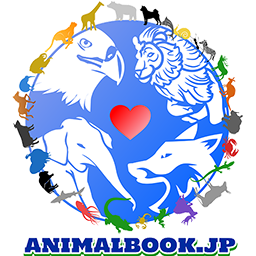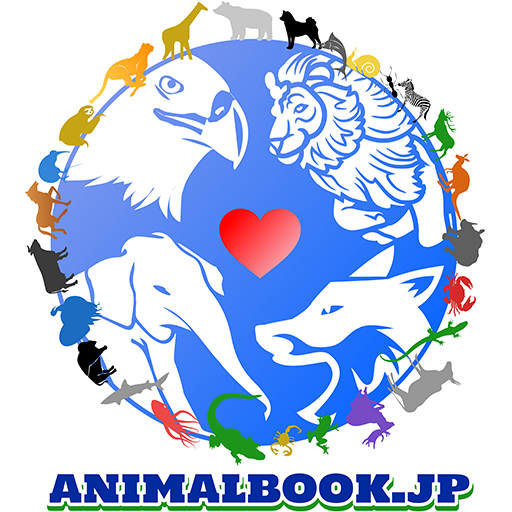
Quokka
Quokka
Quokka
On Rottnest Island, off the coast of Western Australia, lives the quokka, a small wallaby that has captured the hearts of people around the world as the 'happiest animal in the world'. Known for their friendly nature and seemingly perpetual smile, they are a delight to tourists and locals alike. Let's explore the ecology of the quokka and the efforts to protect these charming creatures.
Quokka Basic Infomation
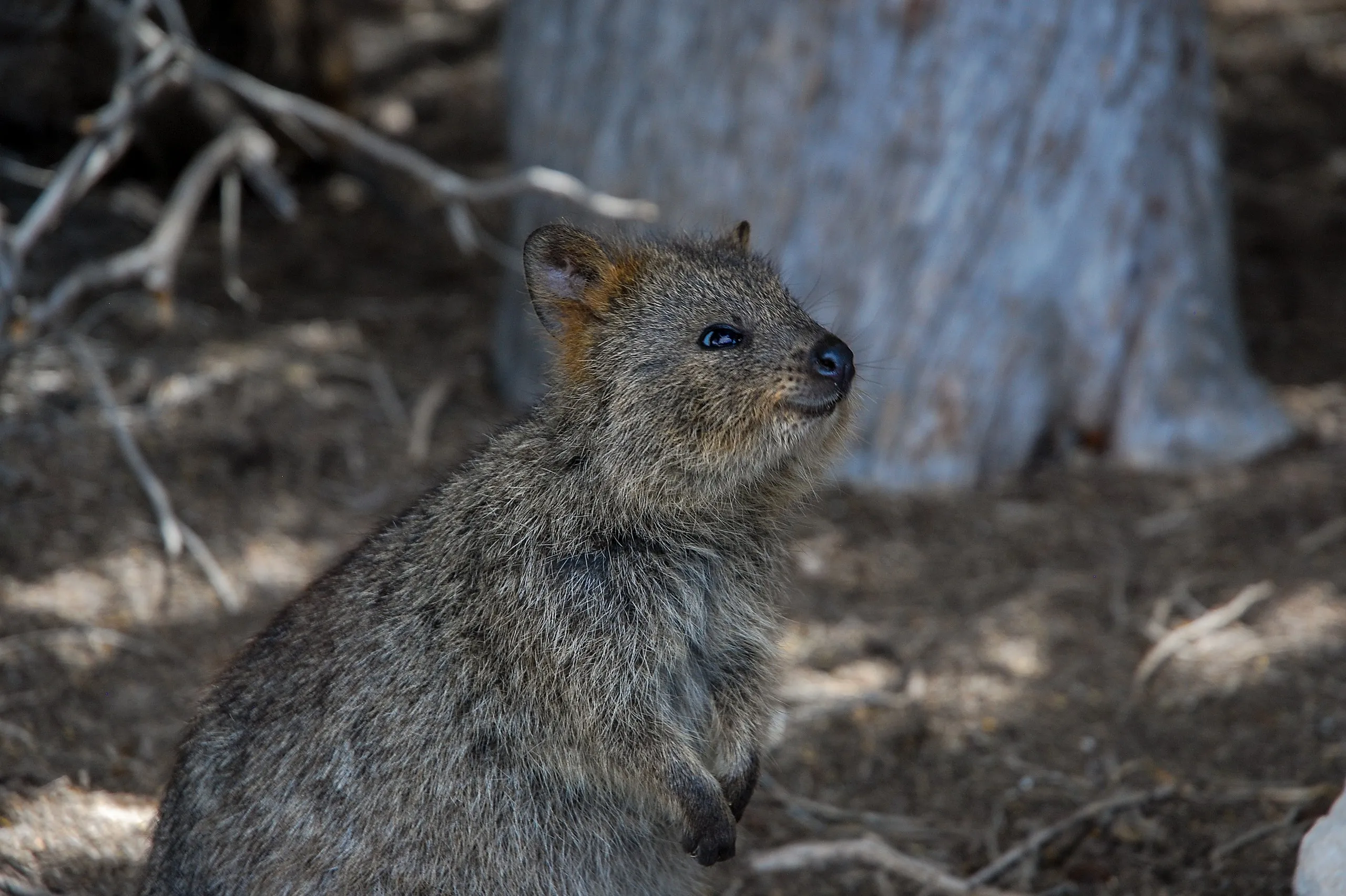
| Property | Value |
|---|---|
| Scientific Name | Setonix brachyurus |
| Taxonomic Status | ACCEPTED |
| Rank | SPECIES |
| Vernacular Names | Quokka |
| Kingdom | Animalia |
| Phylum | Chordata |
| Class | Mammalia |
| Order | Diprotodontia |
| Family | Macropodidae |
| Genus | Setonix |
| Habitats | Australia |
| Conservation Status | Vulnerable (VU) |
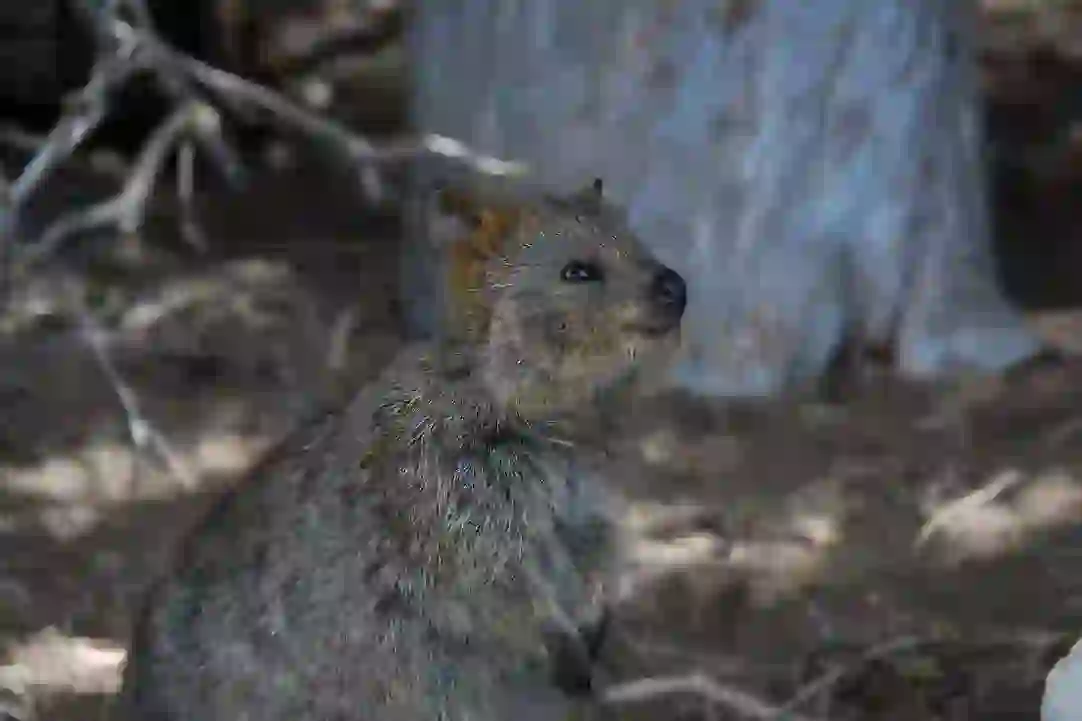
Size
They measure about 16 to 21 inches (40 to 54 centimeters) in body length, with a tail measuring about 10 to 12.5 inches (25 to 31 centimeters). They are about the size of a domestic cat, weighing about 6 to 9 pounds (2.7 to 4.2 kilograms). Females are slightly larger than males.
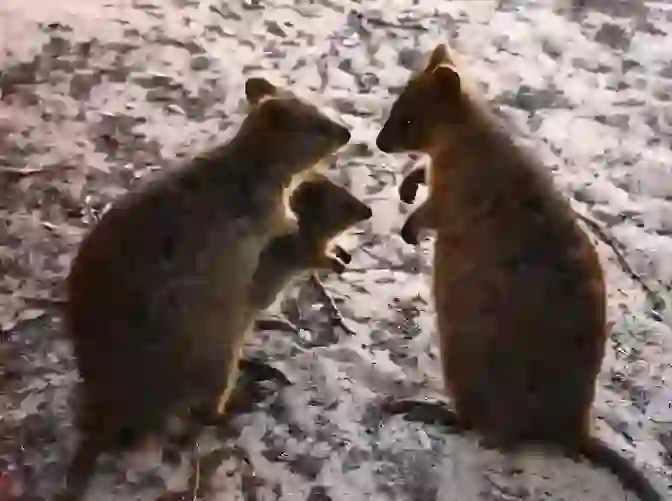
Lifespan
Their lifespan in the wild is about 10 years.
.webp?alt=media)
Distribution
They are found on Rottnest Island, Bald Island, and surrounding islands off the coast of Western Australia. They were once widely distributed in southwestern Australia but are now only found on these islands.
Quokka Q&A

What kind of wallaby is the quokka?
The quokka is a small wallaby belonging to the genus Setonix.
They are part of the kangaroo family, but they are smaller and have shorter tails than other kangaroos and wallabies. They have brown fur with a white belly, a round face, small ears, and big, innocent eyes, which give them their signature 'smile.' They are known as the 'happiest animal in the world' because they always seem to be smiling. In English, they are simply called 'quokkas,' which comes from an Australian Aboriginal word for the animal. They are endemic to southwestern Australia, and are nocturnal, spending the day resting in bushes and tree hollows, and becoming active at night to forage for food. They are often solitary but may sometimes form small groups of a few to a dozen individuals.

What do quokkas eat?
Quokkas are herbivores, primarily eating grasses and leaves.
They are most active in the mornings and evenings, foraging for food. They have a good sense of smell, which allows them to locate fallen fruits and seeds on the ground. They prefer soft grasses and leaves. They also need to drink water and may travel to rivers or puddles to find water sources. They have evolved to conserve water and can survive with minimal water intake.
.webp?alt=media)
[Quiz!] Why are quokkas called the 'happiest animal in the world'?
Quokkas are called the 'happiest animal in the world' because they always seem to be smiling.
They are not afraid of humans and do not run away when approached, allowing tourists to take photos with them and interact with them. Their adorable appearance has captivated people worldwide.
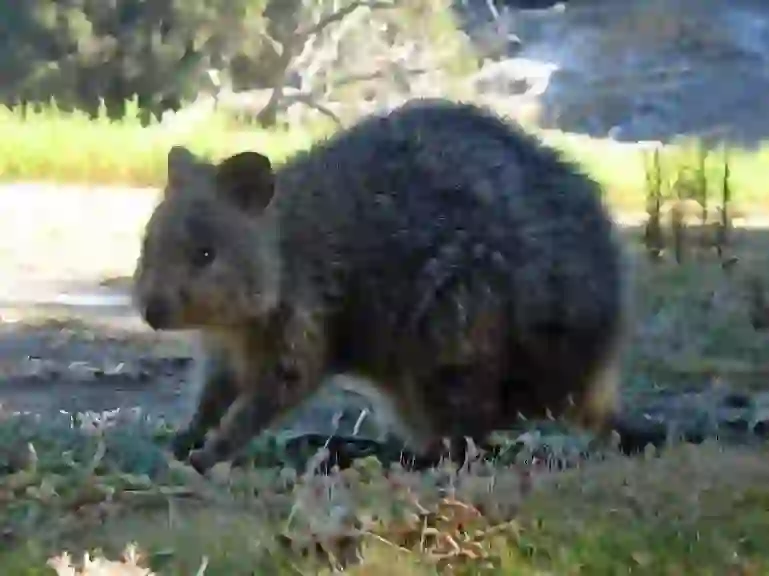
[Quiz!] Are quokkas endangered?
The quokka is listed as 'Vulnerable' (VU) on the IUCN (International Union for Conservation of Nature) Red List.
Their numbers are declining, mainly due to three factors:
- Habitat loss: Deforestation and agricultural development have destroyed their forest habitat.
- Predation by introduced species: They are preyed upon by introduced species such as foxes and cats.
- Disease: Many quokkas have died from diseases introduced by humans.
To protect quokkas, it is crucial to protect their forest habitat, control introduced predators, and implement disease prevention measures.
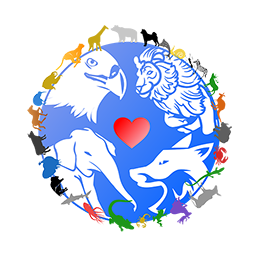
Would you like to become a part of the 'Animalbook.jp'?
Turn your knowledge into Q&A and share it with the world. ※Publication will be activated after purchase. Let's share information together!
Quokka Type of List

Characteristics of Quokkas
- Belonging to the kangaroo family
- Small body and short tail
- Brown fur
- Whitish belly
- Round face and small ears
- Big, innocent eyes
- Always seem to be smiling
- Found only in southwestern Australia
- Nocturnal
- May be solitary or live in small groups
- Vulnerable (VU)
Information
Congratulations! You are the first commenter!

Create Your Favorite List!
Quokka
Save the animals you love! Build your own list to quickly revisit your favorites later.

Would you like to leave a comment?
※Please note: This is for the purchase of rights to post comments within the article.
Find Your Favorites!
Our shop offers a unique and attractive selection of goods themed around various animals.
Quokka References
Quokka Introduction of media used
Photographs by Gnangarra...commons.wikimedia.org, CC BY 2.5 AU, via Wikimedia Commons

Ena Music, CC BY-SA 4.0, via Wikimedia Commons
.webp?alt=media)
Pikuan, CC BY-SA 3.0, via Wikimedia Commons

GregTheBusker, CC BY 2.0, via Wikimedia Commons
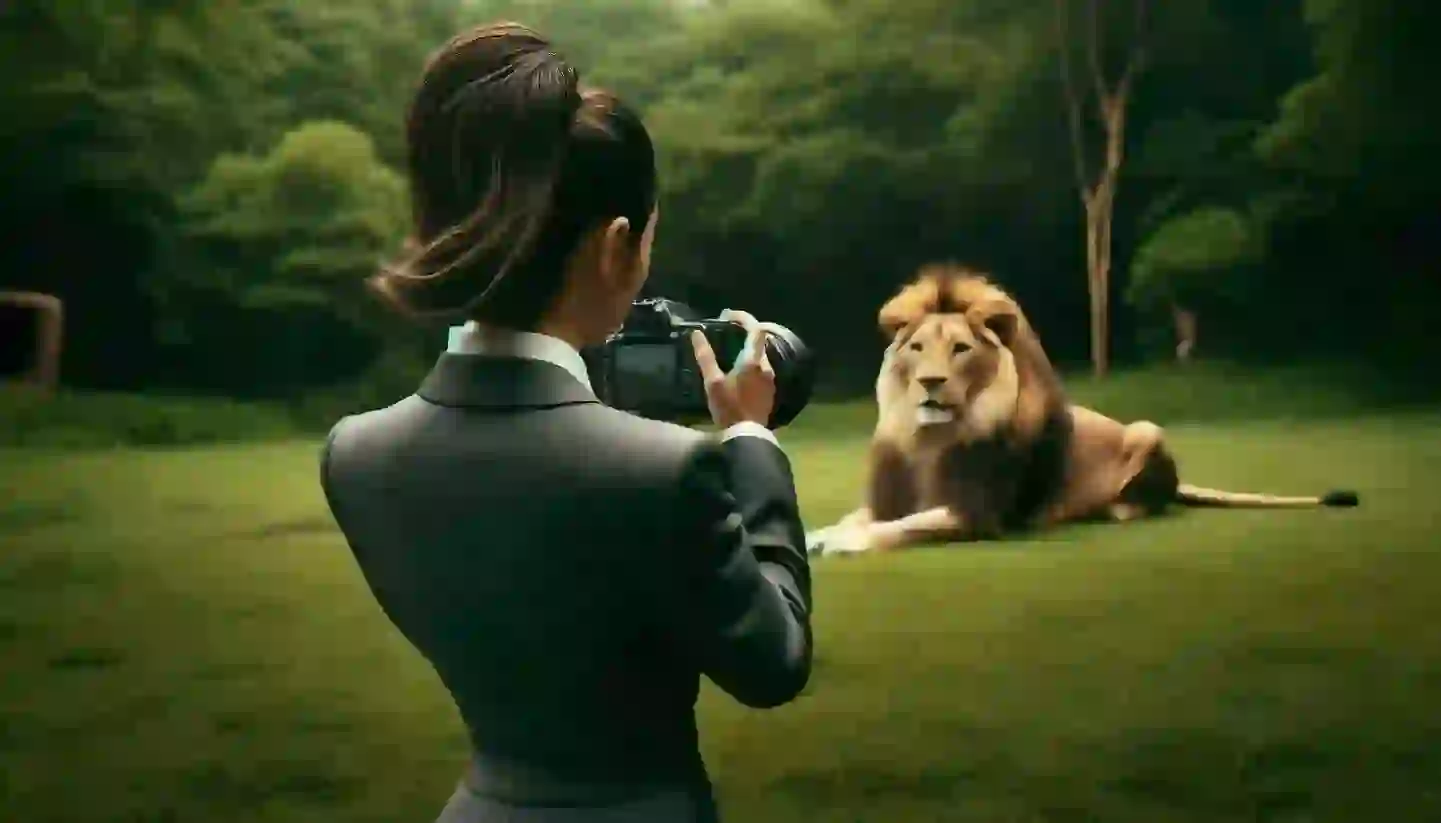
Help Enrich Our Animalbook.jp with Your Media!
We are constantly looking to expand and enrich our Animalbook.jp with amazing photos and videos of animals. If you have any media that you'd like to share, please contribute and help us showcase the beauty and diversity of the animal kingdom. Your submissions will be credited and featured in our encyclopedia, reaching a wide audience of animal lovers.


